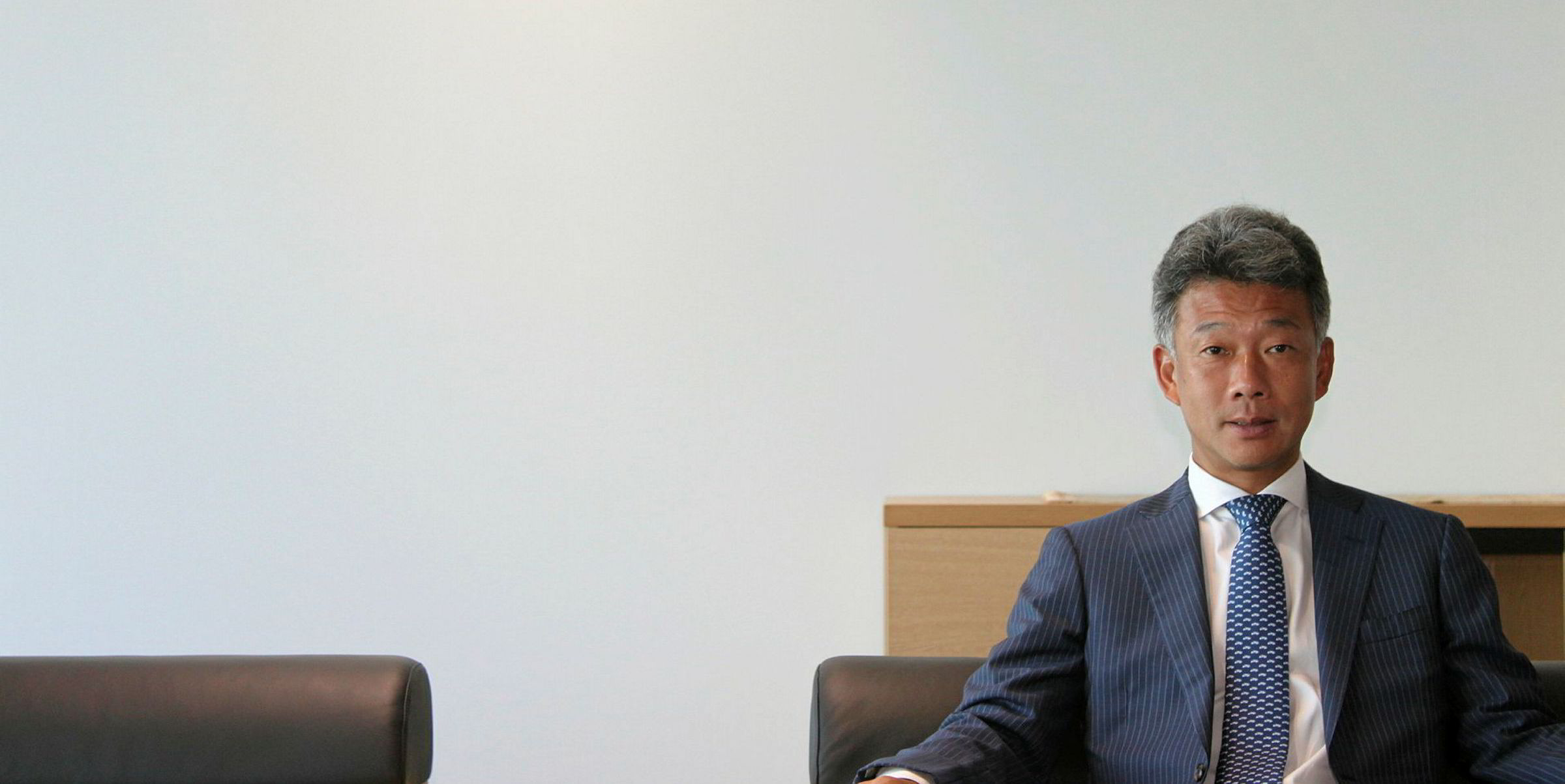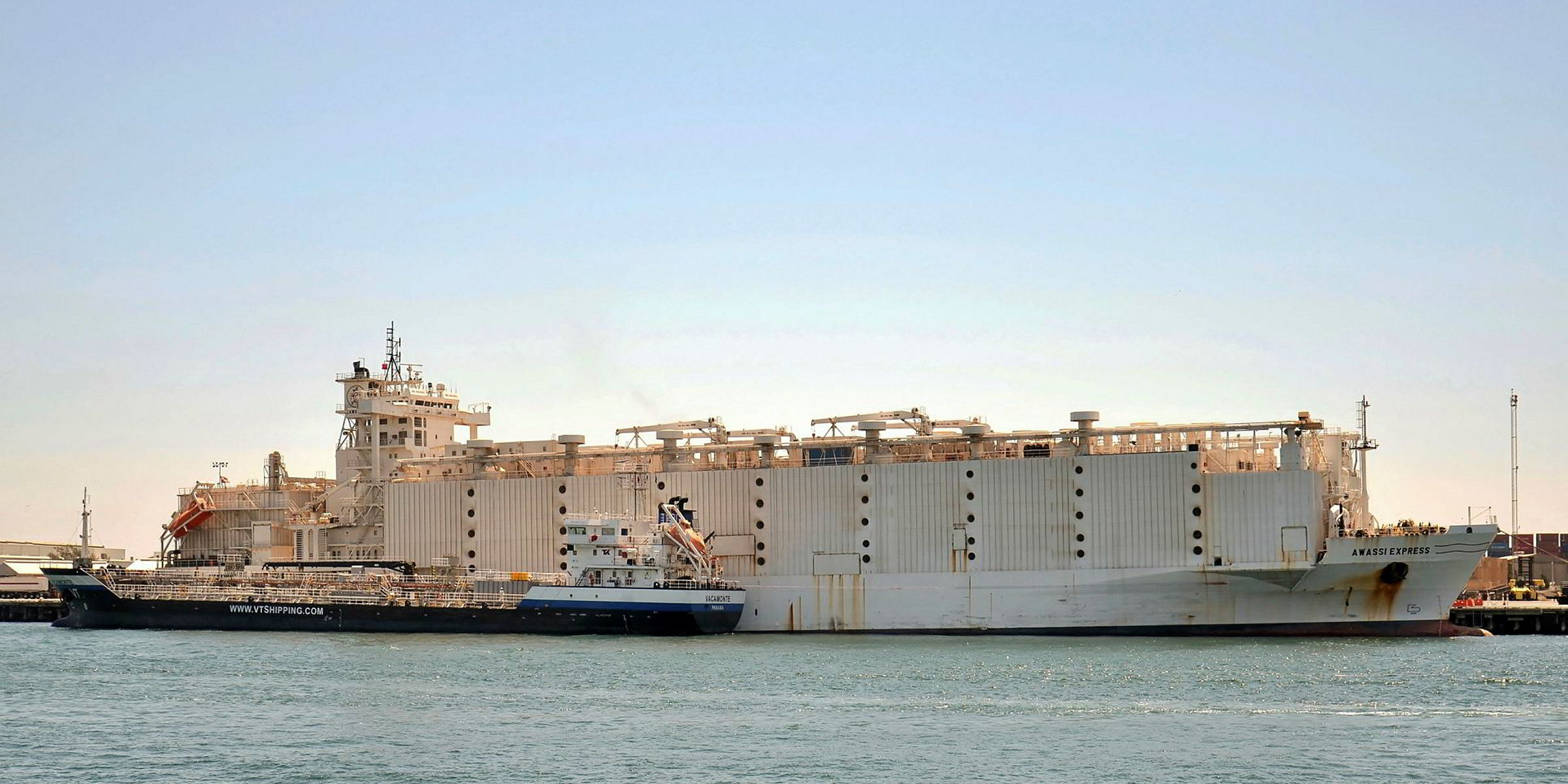You’re a public shipowner at an investor conference packed with technology and pharmaceutical companies and your challenge is getting attention amid presenters full of fresh new ideas.
Where do you go?
Well for tanker owners International Seaways and Pyxis Tankers, the answer was IMO 2020 emissions reforms as the two companies made their case at Noble Capital’s annual investor conference in Fort Lauderdale this afternoon.
“I’d like to say I have something new and exciting to talk about, but shipping is 1,000 years old,” said Seaways chief financial officer Jeffrey Pribor as he surveyed his audience.
But even as he offered that a well-managed shipowner can still be a compelling investment at the right point in the cycle, Pribor did not hesitate to turn to the 1 January sulphur emissions deadline as shipping’s own example of market disruption.
“It’s going to be very disruptive to our industry,” Pribor said. “It’s disruptive in almost every way you can imagine in a positive sense.”
Pribor ran through a variety of ways Seaways stands to profit with its mixed fleet of 42 crude and product tankers, which include up to 10 VLCCs to be equipped with exhaust cleaning scrubbers that will allow the owner to burn higher-sulphur but lower-cost bunkers.
An increase and dislocation of crude runs to refineries, greater clean products movements, slow steaming and potential storage opportunities are other potential positives of the regulation.
While Lois Zabrocky-led Seaways is the largest of the public shipowners to be presenting at the two-day Noble event with market capitalisation about $507m, one of the smallest is six-ship Pyxis with share value of $22m.
Chief executive Valentinos “Eddie” Valentis and chief financial officer Henry Williams talked about the challenges in growing the fleet after three years as a public company, given that its shares trade at a substantial discount to estimates of its net asset value (NAV).
Not surprisingly, Valentis also wanted to talk about IMO 2020.
“This is a game-changer for the industry,” Valentis said.
“Points of supply will need to be replenished with low sulphur fuel toward the end of 2019 and the type of tankers we operate are ideally suited to carry it. From the third quarter forward, we think the market will get very interesting.”
Pyxis is assuming the pricing spread between low- and high-sulphur bunkers to be between $150 and $250 per tonne, though some owners using scrubbers have placed it higher, Valentis said.
While Pyxis expects to benefit, Valentis explained that it rejected scrubbers as uneconomic for the smaller tankers it operates because of the longer time required to recoup the investment at around $2m per unit.
Scrubbers also take up significant space on tankers of that size, he added.
“It’s also a short-term solution,” he said. “There’s already been a lot of discussion about where washwater from scrubbers can be discharged and more ports are not accepting open-loop scrubbers.
“It's also my personal view that the vessel should not be purifying the fuel — we’re the users, we’re not the refiners.”






